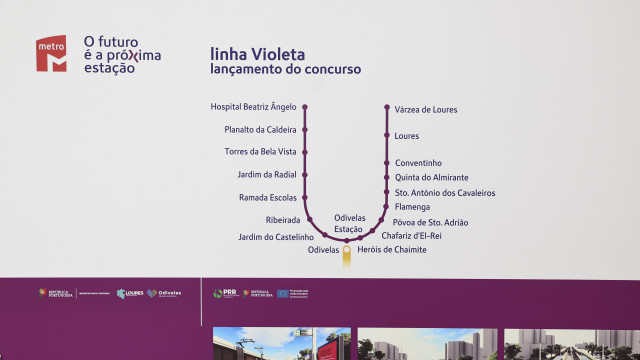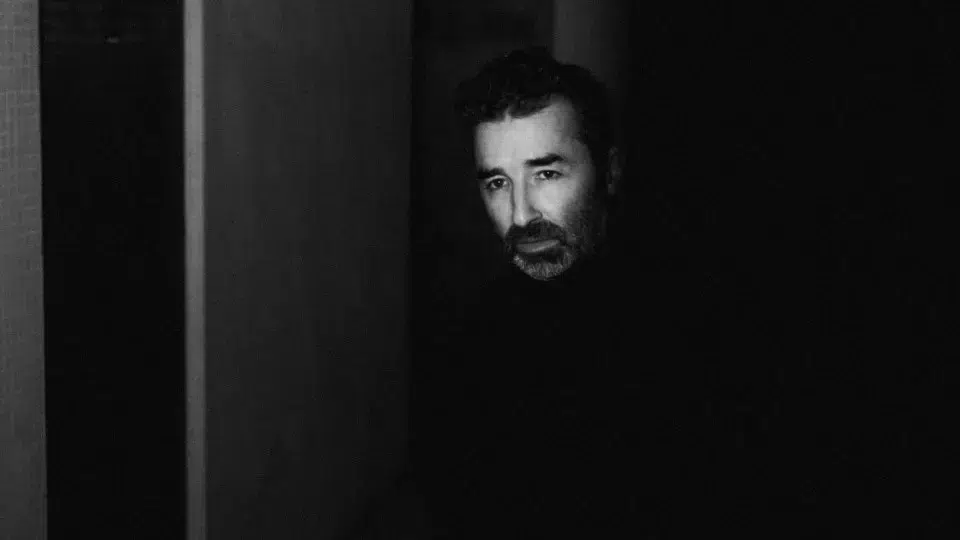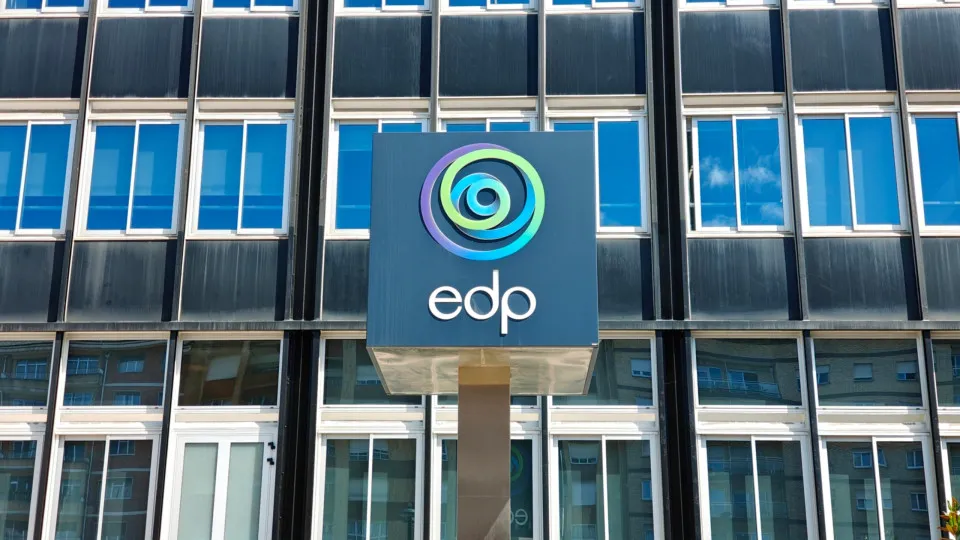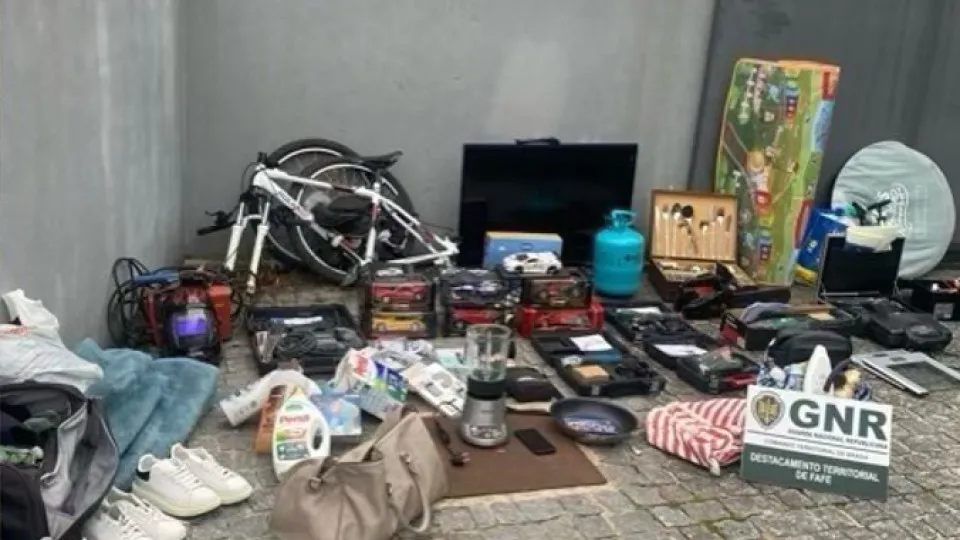A Comissão Europeia initiated a thorough investigation on Wednesday to determine if the Chinese state-owned rolling stock manufacturer CRRC, part of the Mota-Engil consortium, gained “an undue advantage” in the tender for the Lisbon Metro’s violet line.
“The Commission has today [Wednesday] opened a detailed investigation under the foreign subsidies regulation into potential market distortions caused by foreign subsidies. The investigation will examine whether these subsidies gave the Chinese state-owned rolling stock manufacturer CRRC an undue advantage in participating in a public tender for the procurement of light rail vehicles in Portugal,” announced the institution in a statement.
Brussels noted that the investigation follows a notification from a consortium led by Mota-Engil, including subcontractors like Portugal CRRC Tangshan Rolling Stock Unipessoal, which took part in a Lisbon Metro tender launched in April 2025 for the design, construction, and maintenance of the new violet line.
Metro reacts: Brussels investigation targets proposal, not tender
The Lisbon Metro clarified on Wednesday that the Brussels investigation into potential undue advantage in the violet line tender pertains to a proposal and not the process initiated by the company.

The Lisbon Metro today clarified that the Brussels investigation into potential undue advantage in the violet line tender pertains to a proposal and not the process initiated by the company.
Lusa | 19:54 – 05/11/2025
“The investigation relates to one of the proposals submitted for the public tender for the Design and Construction of the Odivelas-Loures Light Rail Line – Violet Line”, specified the Lisbon Metro in a statement, clarifying that the tender it launched is not being targeted.
The Lisbon Metro assured “full cooperation with the investigation” as well as compliance with the relevant regulations, emphasizing that these allow all procedural stages of public procurement “to proceed, except for the contract award,” the company noted.
What’s at stake?
According to the European Commission, there are “sufficient indications that Portugal CRRC Tangshan Rolling Stock Unipessoal may have benefited from foreign subsidies that distorted the internal market, warranting an in-depth investigation.”
The investigation is aimed at determining whether such subsidies gave the company an undue advantage in the tender, and depending on the findings, the community executive may impose corrective measures, prohibit the contract award, or issue a no-objection decision.
“This demonstrates the Commission’s determination to ensure fair competition and a level playing field in the EU,” stated the community executive.
As per the Government, in December 2025 the contract for the construction of the violet line of the Lisbon Metro will be awarded.
In a statement released in July, the Lisbon Metro reported receiving four proposals for the construction of the Violet Line, with Mota-Engil presenting the lowest bid.
The tender for the Violet Line’s construction was launched by the Lisbon Metro on April 15, with a base price of 600 million euros, VAT excluded.
The consortium formed by Mota Engil, Engenharia e Construção, S.A./Zagope — Construções e Engenharia, S.A./Spie Batignolles International — Portuguese Branch proposed the construction at a cost of 598.8 million euros.
This investment falls within the expansion of the Lisbon Metro network and is expected to be completed by 2029.
The Violet Line, extending 11.5 kilometers, features 17 stations: nine in the Loures municipality (serving the parishes of Loures, Santo António dos Cavaleiros, and Frielas, spanning about 6.4 kilometers) and eight in the Odivelas municipality (serving the parishes of Póvoa de Santo Adrião and Olival de Basto, Odivelas, Ramada, and Caneças), covering a total of about 5.1 kilometers.
The stations will have different types, with 12 surface-level, three underground, and two in trench layout.
The first public tender for the Violet Line construction was launched on March 15, 2024, which resulted in the exclusion of all proposals made by economic operators, as they exceeded the base tender price by an average of about 46%.




